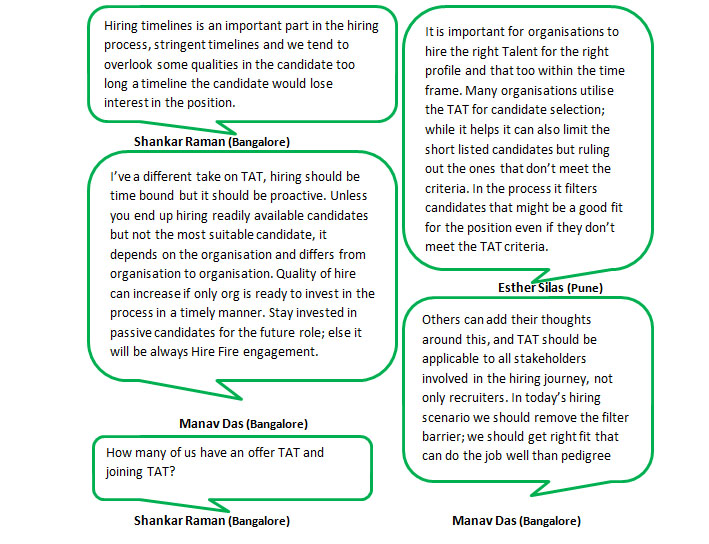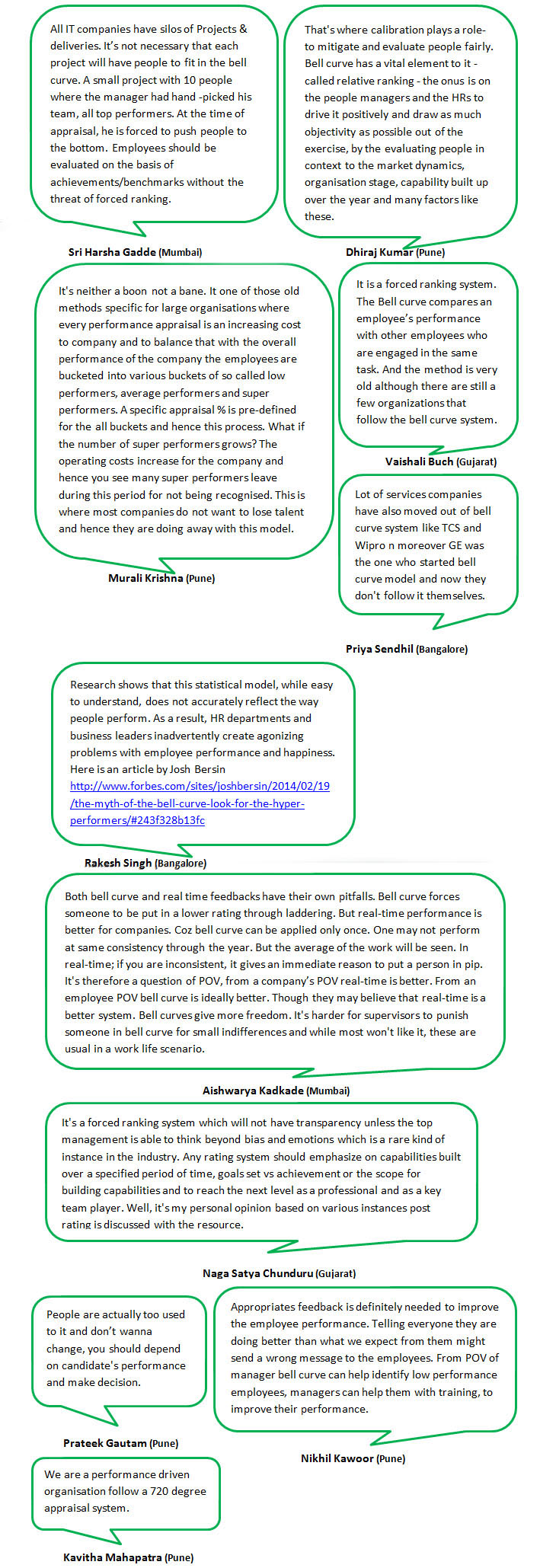Talent Sourcing is easy but getting the desired Talent and even more important ensuring that they join the organisation isn’t as easy as people make it out to be. Most Talent Acquisitionists can relate to the scenario and thus are constantly seeking out for new resources and techniques or strategies to boost the joining ratio.
Having, said that we’ve spoken a great deal about how to improve the offer to joining ratio or  handle infant mortality in the organisation. Along similar lines we’ve now covered just what Recruiters can do to achieve the joining ratio they are expected to meet at our popular WhatsApp Wednesday discussion.  The discussion covered the topic, “What Questions can be asked to help Recruiter’s identify whether or make sure that the candidate will certainly join? It was suggested by our Pune Group Member Prateek and after the WhatsApp Chat we’ll be highlighting the take a ways so in the meantime here’s what we came across…
If you’re having trouble with the joining ratio at your company then these simple questions within the conversation above can make all the difference. So let’s get right down to the key take a ways that will assist you when you find yourself in the same situation.
How to identify if a Candidate will surely join?
- What inclined you to consider this opportunity? (Based on the answer/s you get, you can then evaluate the Candidate accordingly)
- If a candidate is ready to compromise on their current notice period, the probability of them joining is much higher.
- Check the response rate pre offer and post offer and the relieving confirmation date
- Meeting Candidates in person gives you an opportunity to identify the joining probability through body language and through observing indicators.
- How is your Manager reacting to your Career move?
- Ask for an immediate Resignation email post sending the offer letter but with the HR head in CC; this can be a deciding factor.
- Post the offer after asking for the immediate resignation email if a Candidate does not send it within 2-3 days then the probability of joining is low.
- Before a 2 or 1 week joining ask for travel tickets especially if the candidate is relocating
- Check the Candidate’s résumé on the portal and check when it was last updated, if it is frequent then make a dummy call to the candidate to check if they are considering your company as an option or not.
- Ask the candidate how they are taking the opportunity i.e. is it just another job move? (The reason would prove whether or not the Applicant is really interested in the opportunity and if they’ll join or not.
- Check the response rate pre and post offer and use the “Fear of Loss†technique/s (if the response is a hesitant reply or least concerned reply then the chances that candidate may not join are high)
- Just asking question/s won’t give you the exact picture of what’s going on in a candidates mind and there’s no science for that.
- Use the concept called “Occam’s Razor” to decide the risk level and whether a backup is needed
- Pre Offer and Post Offer behaviour, Pro-active communication and co – operation during different stages of hiring would indicate how keen the Candidate is to join.
- To get an assurance from the applicant of joining you need to check their past tenure background and the reason/s for leaving.
- If the candidate give you a copy of the salary slips after verifying them with the original then that improves the joining ratio and states that they are trustworthy.
- When dicey about the candidate joining, it is imperative that active communication is maintained religiously.
How to boost the joining ratio?
- Keep the Candidates engaged by inviting them over for lunch or coffee as you’ll get a sense of whether they’ll join or not; it is preferable to encourage the line managers to do so due to a better impact.
- Share company achievement updates or a monthly company magazine with candidates to maintain their interest.
- You can invite the applicants to events such as a company Annual party, Achievement party etc.
- It’s vital to keep the candidate happy and engaged right from the offer stage to the point at which they start and become a fully-fledged employee and the whole process counts.
- Employer branding can impact their decision especially if it is strong and genuinely reflects the reasons that someone would want to join in the first place.
- The entire hiring process must be easy for the candidate to go through and is essential for them to feel that the company is well organised and efficient.
- Any other approach will sow seeds of doubt and the candidate will be easily swayed into looking elsewhere.
- Realise that the new hire wants to start building the relationship with the new boss.
- A letter from the CEO welcoming them to your company
- Send them their business cards, create their corporate emailing signature and identity cards with their name and new job title next to the company logo create a really powerful image.
- Invite them out to lunch or drinks with the team.
- Distribute ‘Joining Goodies’ such as a t – shirt, notebooks, even those strange squeezable stress balls are a good idea especially if they have young children which can get the family excited about the new job.
- Once the Candidate accepts the offer it’s essential for the TA team to be in touch with them for any reason.
- Try and understand the personal ambitions, situations, family etc. if they open up immediately after the interview or outside the office premises.
Well the points mentioned above portray a fair, clear and chirp picture about what Talent Acquisitionist’s like yourselves can do to ensure that a selected candidate joins. We’ve even given ideas on how to boost the joining ratio and solutions to help you achieve your KRA’s.
If you’ve found this enlightening and have added to your knowledge you might want to follow us @SourcingAdda and no doubt would like to join in these discussions. If yes, then do leave us your views and request’s to be added in to our WhatsApp groups in the comments section. We’ll be really glad to add you since we’re in constant search for new perspectives and would like to hear yours as well.












